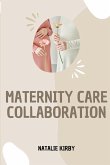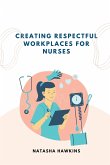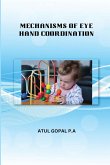Pathological exercise (PE) is a common feature of individuals with eating disorders (ED) and represents a key maintaining factor of eating pathology. However, little is known about underlying mechanisms that maintain PE and whether these mechanisms are influenced by the occurrence of PE in the context of an ED. The present study tested hypotheses that women with PE would 1) experience exercise as more reinforcing, 2) show greater cortisol reactivity in response to exercise, and 3) that greater cortisol reactivity in response to exercise would predict greater increases in positive affect following exercise. Participants (N=64 women total; n=16 PE with ED, n=16 PE Only, n=16 ED Only, n=16 Control) completed a computerized progressive ratio (PR) task to earn running time on a treadmill as a measure of the reinforcing value of exercise. HPA-axis response to acute exercise was measured through salivary cortisol and changes in affect were measured by a self-report questionnaire. Participants provided four saliva samples and self-report ratings directly prior to and 0-, 20-, and 40- minutes after running for 30 minutes on a treadmill at 75% maximum heart rate. Results indicated that women with PE had significantly higher reinforcing value of exercise (p<.001) and showed higher cortisol reactivity to exercise (p<.001). Contrary to hypotheses, cortisol reactivity to acute exercise did not predict exercise-induced changes in affect in the full sample. Cortisol reactivity significantly predicted breakpoint on the PR task (p<.001) in the full sample. Overall, findings provide preliminary evidence that women with PE may experience exercise as more rewarding than normal exercisers, which may be attributable to dysregulations in underlying biological mechanisms that influence its reinforcing value. Given limitations of the current study, future studies should use ecological momentary assessment to better understand factors driving associations between PE, reward, and dysregulations in HPA-axis activity in participants' natural environment.








